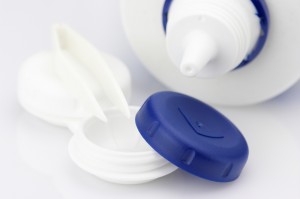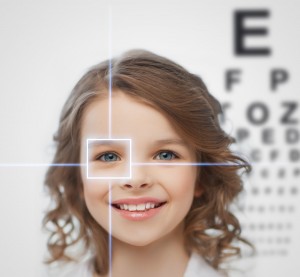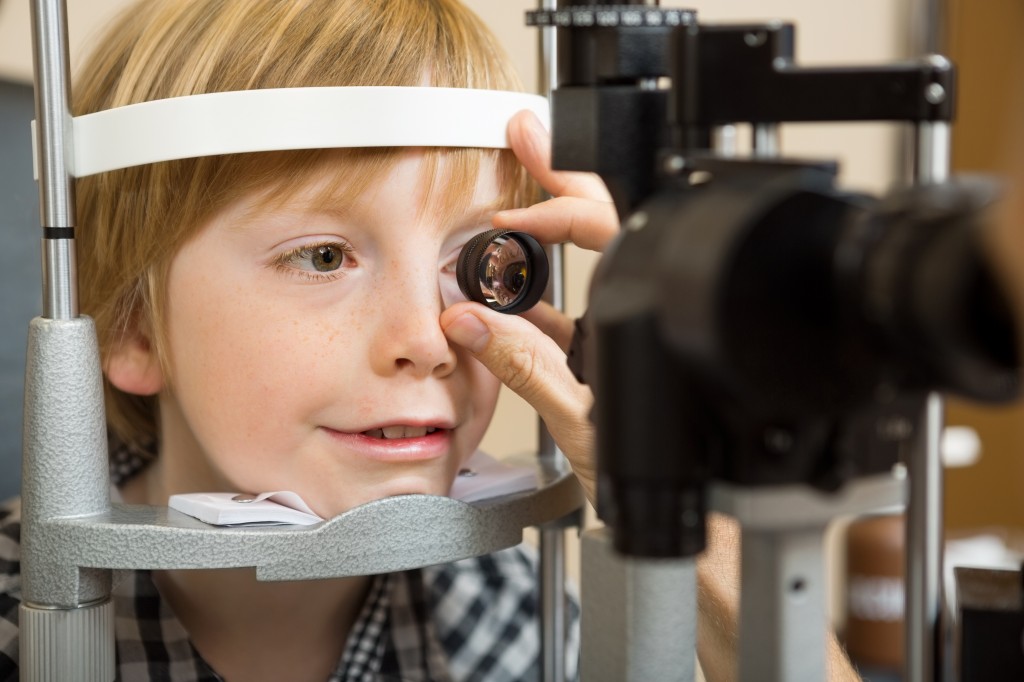9/23/14
In a continuation from his article on Proper Contact Lens Care, Mr. Ward, Director of the Emory Contact Lens Service, also offers tips if you wear contact lenses and use cosmetics. Several of these pointers apply even if you don’t wear contact lenses, but want to protect your eyes.
The Bullet List of Contact Lens Care For Users Of Eye Area Cosmetics
- If possible look for eye makeup specifically labeled for use by contact lens wearers; use premium products.
- Apply eye area cosmetics after inserting contact lenses (this will help prevent cosmetic contamination of lens surfaces from handling of cosmetics).
- Remove lenses before removing makeup.
- Remove makeup daily with mild soap and water; do not use oil or petroleum based make up removers; specifically, avoid moisturizing bar soap and an eye makeup remover that contains mineral oil and cocoa butter.
- Choose water based makeup; avoid any oil based, or ‘waterproof’ eye area products (oils will travel across the skin and contaminate the tear film).
- Avoid ‘lash-extending’ mascaras with artificial fibers, and apply mascara only to the end of lashes; do not apply mascara to the base of the eyelash or on the eyelid margin.
- Do not apply oil-based moisturizers on the eyelids (oils can spread on the skin).
- Do not apply any makeup to the eyelid margin (shelf), between the eyelashes and the eyeball.
- Apply face powders sparingly; use pressed powder instead of loose powder; try to stay away from the eye area as much as possible; avoid frosted.
- Choose liquid or gel eye shadows rather than powders.
- Use caution with hair styling sprays. If possible, spray aerosols with eyes closed and step back out of the mist before opening the eyes. These gel/wax/lacquer type sprays can significantly coat your contact lenses.
- Replace eye makeup at least every three months; do not share cosmetics.
- And, please note that an automobile’s rear view mirror is not intended for makeup application while driving.
 Michael A. Ward, MMSc, FAAO
Michael A. Ward, MMSc, FAAO
Director, Emory Contact Lens Service
Emory University School of Medicine






